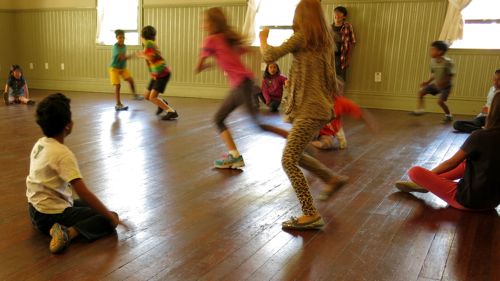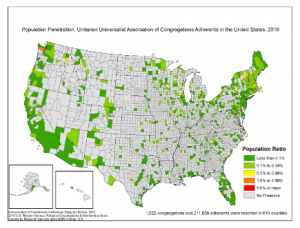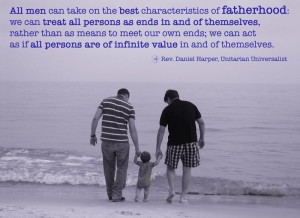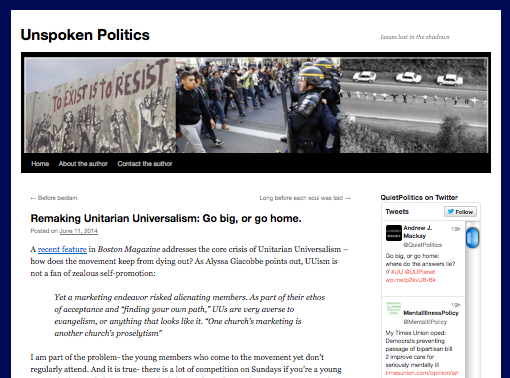Educator and philosopher Maxine Greene died on May 29. Associated with Teachers College, she was a towering figure in the philosophy of education. I would place her firmly within the educational tradition of John Dewey: someone who cared deeply about democracy, someone who cared deeply about children. She pushed back against dehumanizing models of education — she was critical of factory models of education; she did not approve of mindless standardized testing; she did not believe education could be reduced to information theory.
Greene was an ardent feminist. She thought women and girls were just as good as men and boys; of course we all pay lip service to that, these days. But Greene went further than that, and engaged in sophisticated critical analysis to show the ways in which our thinking remains dominated by perceptions that men are somehow better than women, and the ways that social structures reinforce those perceptions. She was also a staunch defender of multiculturalism in education; she took on such prominent writers as Allan Bloom, and exposed the intellectual weakness of their attacks on multiculturalism.
In the area of religion, Greene was an existentialist and a humanist, and she was one of the original signers of the 1973 Humanist Manifesto II. She also spoke out strongly against religious intolerance, especially anti-Semitism.
As a religious educator, I have found myself drawn to Maxine Green’s writing in the past couple of years — not because she is a humanist (I don’t consider myself a humanist), but because she is an existentialist. I have come to think that Greene offers an existentialist philosophy of education that provides a needed corrective to the educational philosophies used in contemporary Unitarian Universalist (UU) religious education.
UU religious education today is dominated by essentialist philosophies of education:— there are essential things we want children to know, and that is what we will teach them. The Tapestry of Faith curriculum series produced by the UUA is typical example of UU curriculum permeated by an essentialist philosophy: we want children to learn certain moral values, we want them to learn certain facts about religion. This essentialist philosophy goes beyond the printed curriculum guides; for one obvious example, we consider doing social justice projects to be an essential item on our educational checklist, and so we ensure that children do social justice projects as part of their religious education.
I have long been quite comfortable with essentialist philosophies of education. But Maxine Greene has helped me see that perhaps an essentialist philosophy of education is not the best match with UU religious education. Greene emphasizes the importance of the arts and imagination in education; these are things that cannot be reduced to essential educational components that get checked off a list. In my teaching praxis with UU kids over the past few years, imagination and the arts have come to seem more and more central to what we do in UU religious education.
And so Green’s existentialist educational philosophy has come to seem more and more relevant to my work in UU religious education. Not that her thinking is going to solve all of UU religious education’s problems — but her existentialist thinking can serve as a useful corrective to some of the essentialist excesses we face today. I can only hope that her death will prompt some of us to delve more deeply into her thought.
New York Times obituary
The Maxine Greene Center for Aesthetic Education and Social Imagination, with links to some of Greene’s articles
“Diversity and Inclusion: Toward a Curriculum for Human Beings,” an essay by Greene with applications for UU religious education






